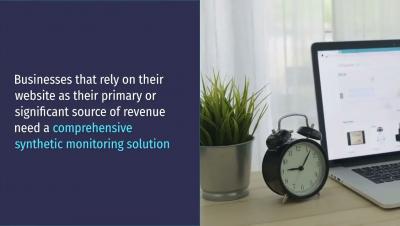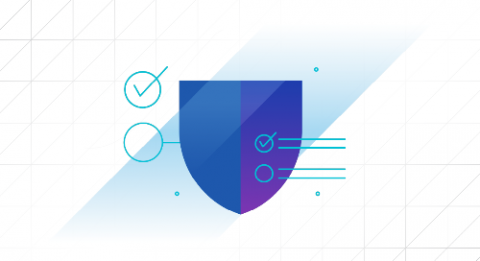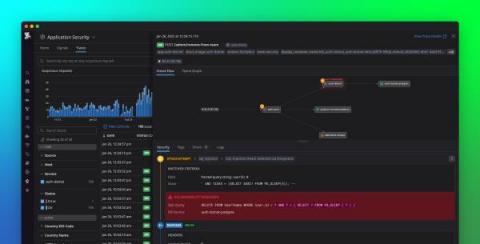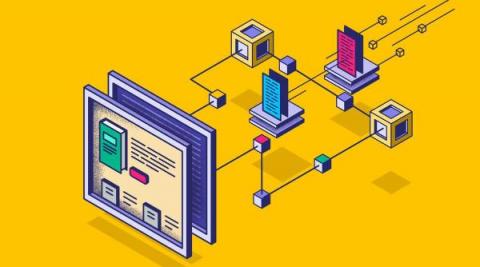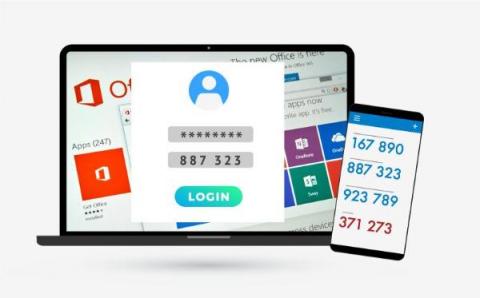Five Ways To Reduce Your Cloud Security Blast Radius
It takes only a glance at the daily headlines to see that cybercriminals are using increasingly sophisticated methods to breach cloud defenses and access sensitive data. The complexity of cloud frameworks makes it extraordinarily difficult to detect nefarious activities. In many cases, attackers lurk in systems for weeks or months before pulling the trigger.



